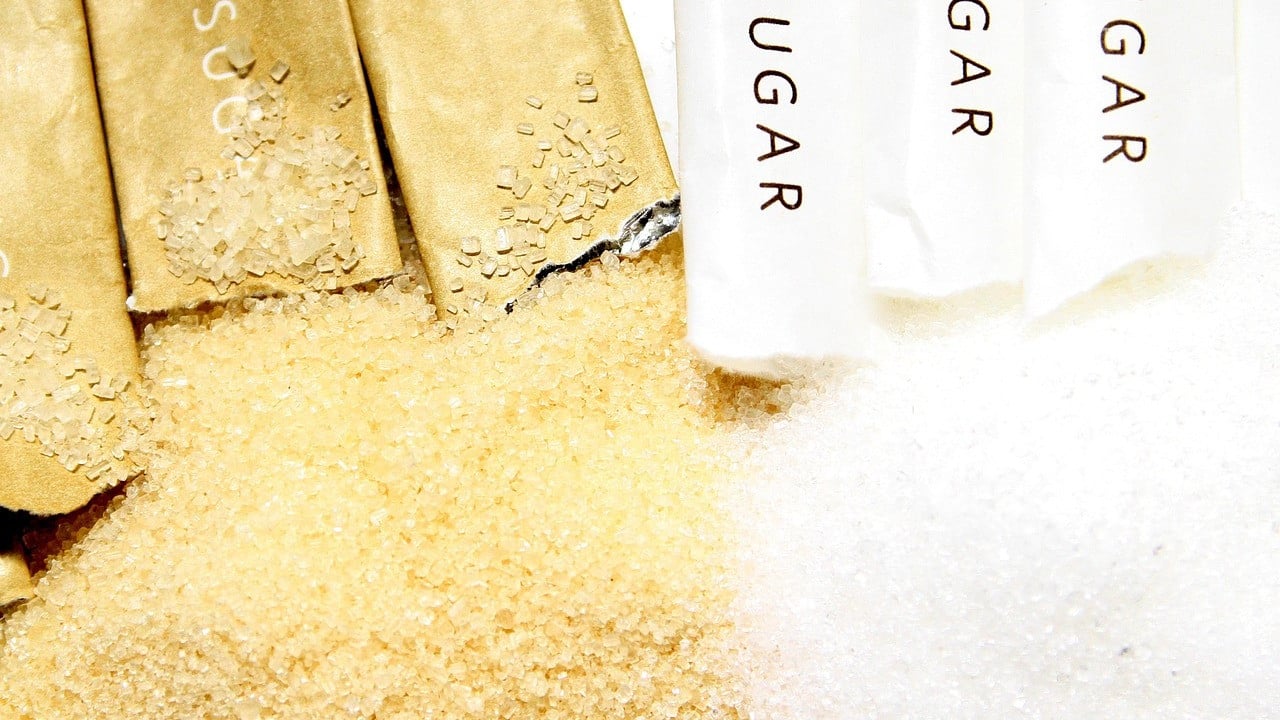The growing techniques for beet sugar vs cane sugar contribute to differences in production scale.
The growing techniques for beet sugar vs cane sugar contribute to differences in production scale.
Blog Article
Discover the Uses and Conveniences of Beet Sugar Vs Cane Sugar in Your Daily Diet
Exploring the distinctive high qualities of beet and cane sugar discloses even more than just their sweetening capabilities; it highlights their special effect on health and wellness and cookeries. Beet sugar, recognized for its refined flavor, is commonly preferred in delicate treats, whereas cane sugar, with its hint of molasses, includes richness to robust dishes. Each type holds its very own nutritional profile and glycemic ramifications, welcoming a deeper understanding of their functions in a balanced diet plan and lasting usage methods.
Beginning and Production Procedures of Beet and Cane Sugar

The distinctive climates and soil types required for growing sugar beetroots and sugarcane add to differences in their growing methods and geographic circulation, affecting the economics and sustainability of their manufacturing. beet sugar vs cane sugar.
Nutritional Comparison In Between Beet Sugar and Cane Sugar
Despite originating from different plants, beet sugar and cane sugar are nutritionally very similar, both largely including sucrose. Each offers regarding 4 calories per gram, translating to about 16 calories per tsp. Structurally, both sugars are made up of approximately 99.95% sucrose, with very little quantities of other substances like wetness and trace minerals, which do not considerably modify their nutritional profiles.

Ultimately, when picking between beet sugar and cane sugar based upon dietary material alone, both deal identical advantages and downsides as they are basically kinds of the exact same molecule-- sucrose, supplying quick energy without other nutrients.
Influence On Health: Glycemic Index and Caloric Content
Discovering even more into the impacts of beet sugar and cane sugar on health and wellness, it is essential to consider their glycemic index and calorie content. The glycemic index (GI) of both beet and cane sugar is around 65, categorizing them as high-GI foods, which can create quick spikes in blood sugar levels.
Each kind of sugar includes about 4 calories per gram, making their calorie material equivalent. For those checking caloric consumption, particularly when handling weight or metabolic health and wellness conditions, understanding this equivalence is essential (beet sugar vs cane sugar). Too much intake of any high-calorie, high-GI food can add to health and wellness concerns such as weight problems, heart condition, and insulin resistance.
Environmental and Economic Considerations of Sugar Manufacturing
Beyond health effects, the production of beet and cane sugar additionally raises significant ecological and financial concerns. Sugar beet growing often tends to need cooler environments and has a lower geographical impact contrasted to sugar cane, which thrives in tropical areas.
Furthermore, the usage of chemicals and plant foods in both beet and cane sugar growing can bring about dirt destruction and contamination, more affecting biodiversity and neighborhood water bodies (beet sugar vs cane sugar). The choice between cultivating sugar beet or cane usually rests on regional environmental problems and economic elements, making the sustainability of sugar manufacturing a complex problem
Culinary Applications and Flavor Distinctions
While the ecological and economic click this site aspects of sugar manufacturing are indeed significant, the option between beet and cane sugar additionally affects cooking applications and taste accounts. Beet sugar, originated from the sugar beet plant, is understood for its incredibly neutral taste. This makes it a versatile active ingredient in baking, where it does pop over to this site not modify the flavor of various other elements. It liquifies swiftly and is perfect for usage in cakes, cookies, and breads.
Walking stick sugar, removed from sugarcane, frequently maintains molasses traces, which pass on an unique splendor and deepness. This mild molasses taste boosts the complexity of baked goods, sauces, and marinates. It is particularly preferred in products where a caramel touch is desired, such as in brownies or gingerbread. Additionally, the slight variation in wetness web content between beet and cane sugar can impact the texture and consistency of meals, making cane sugar a favored option for certain recipes that take advantage of its distinct properties.

Conclusion
In conclusion, both beet and cane sugar have distinctive beginnings and production processes, offering comparable dietary accounts with mild differences in sodium material and flavor. While their influence on health and wellness, especially pertaining to glycemic index and calories, is equivalent, the selection in between them usually steams down to environmental, economic aspects, and certain cooking needs. Comprehending these aspects can direct customers in index making informed decisions that line up with their health and wellness objectives and taste preferences.
Report this page